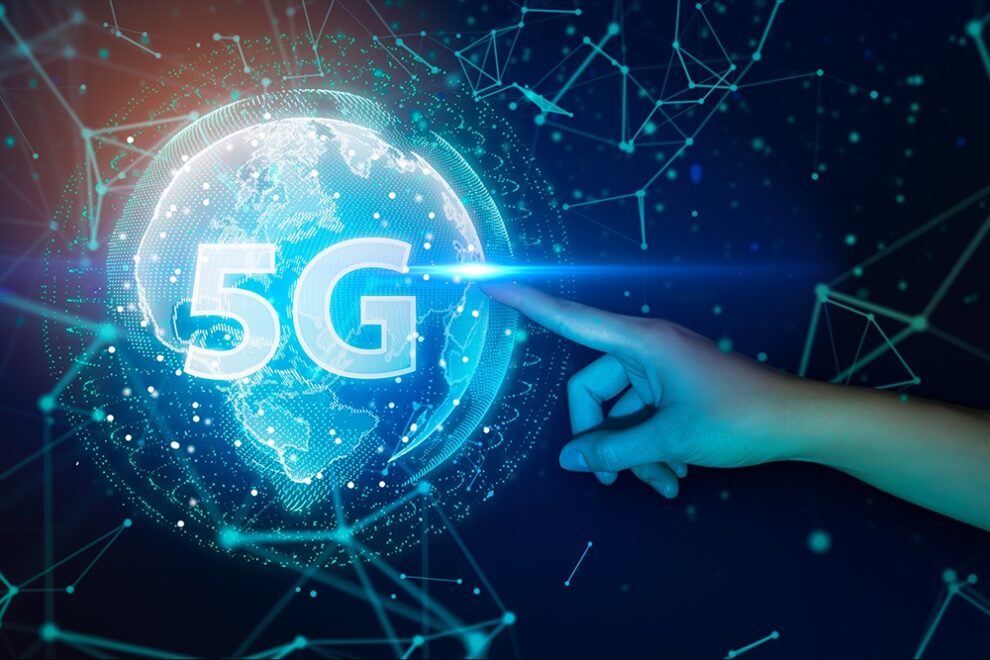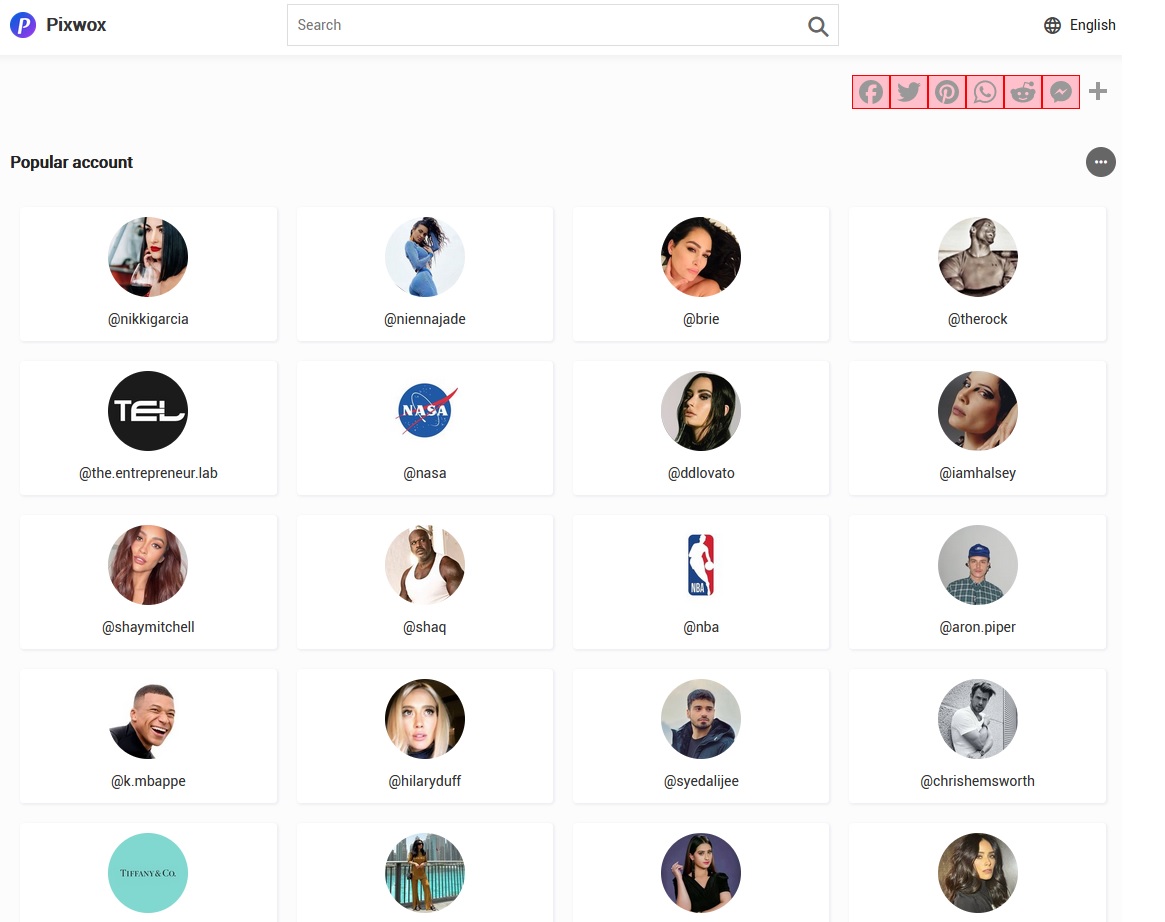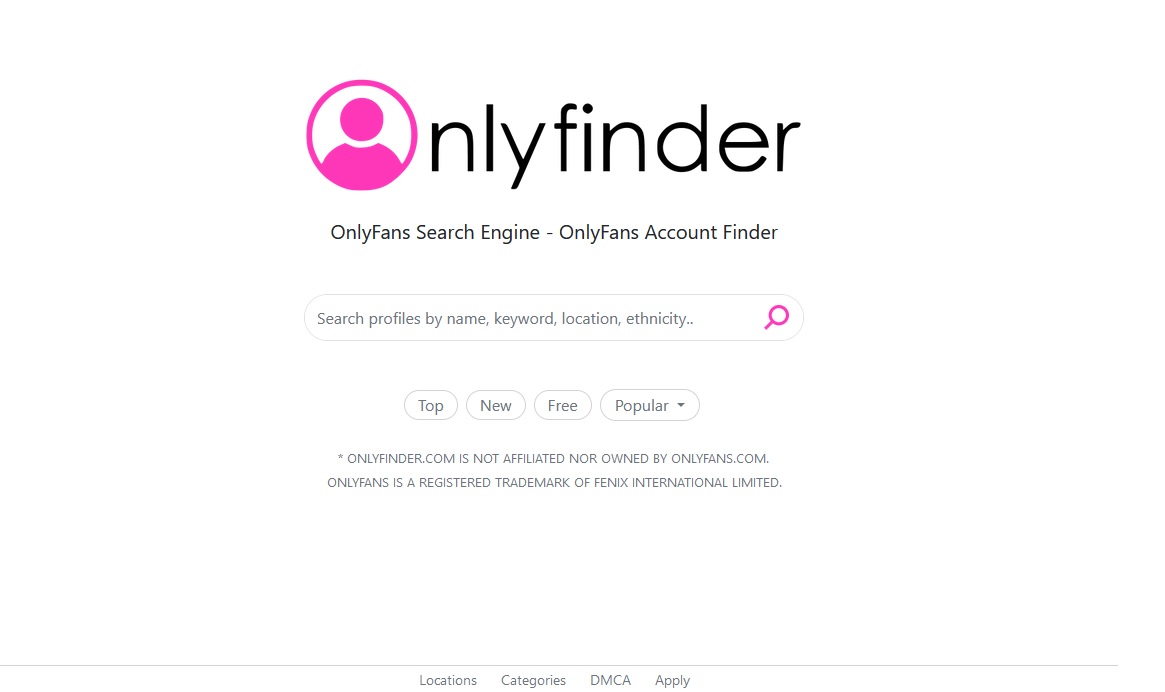What is 5G? Why such a hype about 5G? Fifth – Generation Technology – It is just a new number attached with ‘G’ similar to 2G, 3G, 4G. Then, what exactly is the difference that stands out to make it more than an intelligent technology? Though it seems to be just a new version of its predecessor networking technologies, it has a lot more to offer. Not only with features of accelerated speed and high-bandwidth, but also reduced latency (delay in response time) to bring highly technological innovations while deployed in various applications such as in autonomous cars, smart factories, expanded industrial IoT etc.
Australia is picking up high speed in 5G deployment. Let’s have some deep insights on the development of this new-age wireless networks and how the operators are taking this opportunity to enable connectivity to huge amount of people across the continent.
Some 5G facts in Australia
- Australia’s leading mobile network operators namely Telstra, Optus and Vodafone have steered the ship to rollout their 5G networks, however there are still limited 5G connections available for users.
- MmWave 5G enables with highest theoretical speed of about 20 Gbps compared other two types of 5G technologies that are low-band 5G and mid-band sub 6 5G. However, Australia is not enabled with mmWave 5G yet and almost every 5G networks are using sub 6 5G except Vodafone which is remodelling its existing 4G equipments to offer low-band 5G.
- Telcos are using sub 6 3.5 GHz spectrum that are capable enough to give download speeds of 1 Gbps and can penetrate walls easily than mmWave making it an ideal chance for home broadband solutions.
- Significant investments from mobile carriers are required to establish infrastructure for mobile communications in Australia. Collaboration among the government, industry and telcos is a pre-requisite for successfully deploying 5G wireless networks with few changes in policies as well.
- Higher frequency, mmWave is expected to be utilized as it carries more data and hence new equipment and infrastructure will be required in order to apply it in 5G.
- The physical infrastructure of fifth-generation technology uses both macro and small cells. Australia have been settled with small cells ever since the initiation of 3G by implementing base station equipment that is small in size with low power and imparts local coverage and acts as a substitute to macro cells. However, to achieve excellent connectivity results with 5G, small cells entail to be deployed in huge numbers. As per Optus, to offer 1 Gbps speed, distance between two adjacent small cells need to be around 200 – 300 metres.
- Mobile network operators – Telstra, Optus, Vodafone and Woolworths Mobile are initializing 5G phone plans as Australia is being fed with 5G smartphones and Wi-Fi devices.
- Ericsson and Nokia are the two leading 5G equipment suppliers to Australian telcos that would assist them in performing 5G network testing and attain results as expected.
- Telstra and Optus are making use of 5G technology to deliver 5G enabled smartphones and is still under development phase. Samsung, Oppo, Xiaomi, LG and Alcatel are the ones who are making 5G smartphones available in Australian market.
How is 5G coverage on going in the largest Oceanian country?
Telcos in Australia have been selling plans devices for more than a year as the 5G wireless networks are being switched on presently. No doubt, Telstra and Optus are devising their own methods to accelerate 5G deployment, there are many places which may be your home or workplace still unoccupied with 5G antenna, cell towers, cables and other equipments that are required to establish network coverage in the selected locations. Even network services from Vodafone are fancied for now. Telstra has successfully switched on its network in most of the countries in Australia making it to 50% and aims to hit the figure by 75% till the first half of the year ends. Optus is continuously building the next generation network with network coverage already commercialized Tasmania, Victoria, Queensland, New South Wales, South Australia, the Australian Capital Territory, and Western Australia. Currently, more than 700,000 homes have been covered with 5G services from Optus as it went live with 1,000 5G sites. Vodafone is a bit behind and started off with enabling 5G services in March. Though it is unable to compete with the other two counterparts Telstra and Optus in supplying full coverage, it plans to provide 5G coverage to 85% of the Australian population as 2021 ends.
Conclusion – A lot more to achieve in the race for 5G
Australia is on the way to build 5G connectivity across the continent and telcos are putting down their efforts to develop a trusted and secured 5G networks, and be at the forefront of the 5G competition. With better 5G connections and 5G devices – smartphones, tablets and many more gadgets, Australians will have better exposure to the technology helping them out to meet their several unique demands irrespective of their locations – metro, regional or rural regions.
References:
https://www.reviews.org/au/internet/5g-australia/
https://www.crn.com.au/news/field-solutions-group-awarded-5g-spectrum-for-regional-areas-561109
https://www.ericsson.com/en/cases/2020/telstra-first-5g-network-enabled-by-ericsson-transport
https://www.canstarblue.com.au/phone/5g-phones-australia/








Add Comment